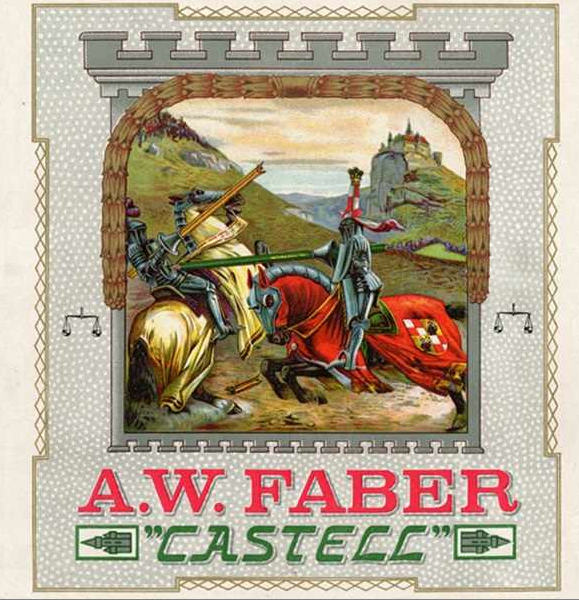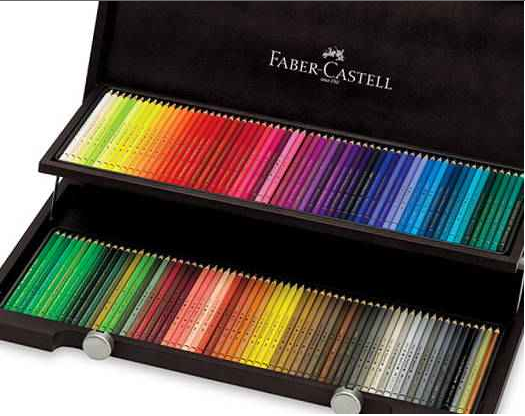Pencils and Castles
If you trace any high-end, quality product far back enough in its history you will most likely end up in Germany.
Today I saw the oldest pencil in the world. This makes sense figuring I toured one of the oldest industrial companies in the world. A small town next to Nürnberg; Stein is the home to the Faber-Castell empire, and fortunately it is 30 minutes from my current home. The business has remained in the Faber family for eight generations, and has a long and interesting history dating back to 1761. While most of the production is completed in Brazil these days; you can still buy a pencil made right here in Stein.
My tour today consisted of a walk through the family’s famous home and a museum replica of its early manufacturing.
Here’s a few of my favorite historical highlights:
-In 1898 the heir to the Faber dynasty was an heiress. Needless to say a woman of that day could not run the family business so they married her off as soon as possible and the pencil empire became Faber-Castell.
-In addition to running the company the newlyweds built the “New Castle” in 1903. They wanted their home to look like a castle to reflect the name Castell, but the inside is an, absolutely stunning, Art Neauveau masterpiece. The most impressive rooms? The bathrooms.
-Sadly, the castle was commandeered to billet journalists during the Nuremberg trials. Such journalists included Ernest Hemingway and John Steinbeck.
Enough about that darn house. Let’s talk about the business.
-Faber-Castell acquired the sole mineral rights to a graphite mine in Siberia in 1856. A French gold prospector had discovered the deposit and offered the partnership to Faber. The lumps of graphite had to be transported by reindeer over 200 miles of dangerous terrain from the mountains, then by boat down the river Amur to the east coast, and from there along the western Pacific and across the Indian Ocean and the Atlantic to Hamburg. Despite the drama the trip was worth it, and the “Siberian pencils”, encased in fine wood from Florida, were sold all over the world.
-Faber was also the first company in Bavaria to offer health insurance and a kindergarten for children of the workers.
-In 1870 the name A.W. Faber was officially entered in the US Register of Companies, as the fifth name in the first ledger. Since the four companies ahead of it no longer exist, A.W. Faber is the oldest brand name in the USA. After WWII, Germany lost it’s affiliation with the US branch of the company. They did not regain it until 1994.
As I said; in addition to the beautiful house I went in the museum too. It’s a smelly,old, dark, and creepy factory on the river. Maybe it’s the graphite, maybe it’s the water, but I’ve never been in a stinkier museum. Down in (what appeared to be) its dungeon you could experience every step in the process of refining graphite; from a rock, to powder, to a thin rod ready to be wrapped in wood, sharpened and used. There was something very charming about the museum and its static displays of the pencil making process…and it wasn’t the air. It was hard work involving every process imaginable; from chemical reactions to hand polishing. There was even a shower room for the workers at the end of the day. I can only imagine what their lungs looked like after a few years employed by the Fabers’. No wonder they offered health insurance. It was impressive how dark, black, grey, everything in the factory was. It was as if you needed machines made from graphite to make graphite. I can also imagine that the days of the factory workers got infinitely more pleasant once they were able to manufacture colored pencils.
Quite impressive. You can walk around the buildings, and the grounds, and despite a modern element here or there (like a parking lot or a stop light) you can imagine it’s the turn of the 20th century and you are in a scene of the Faber-Castell’s history.

